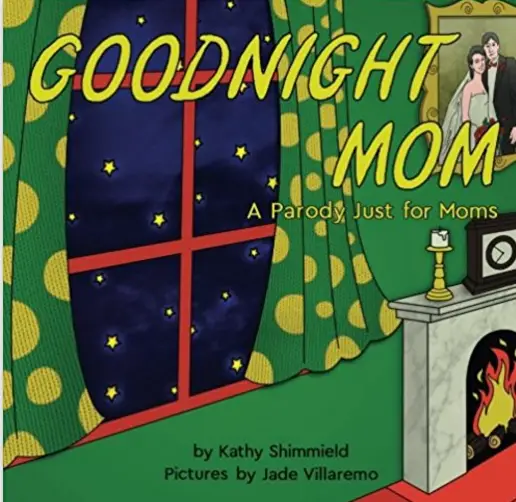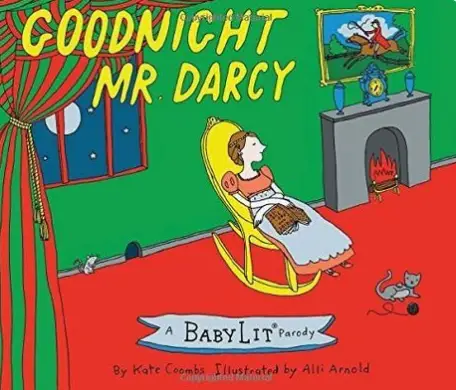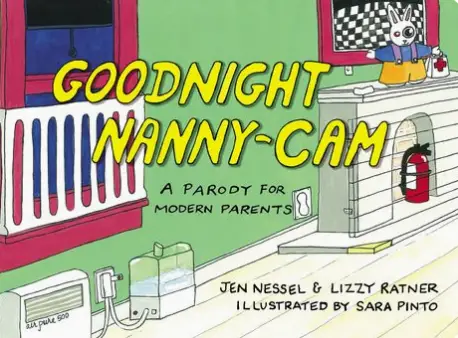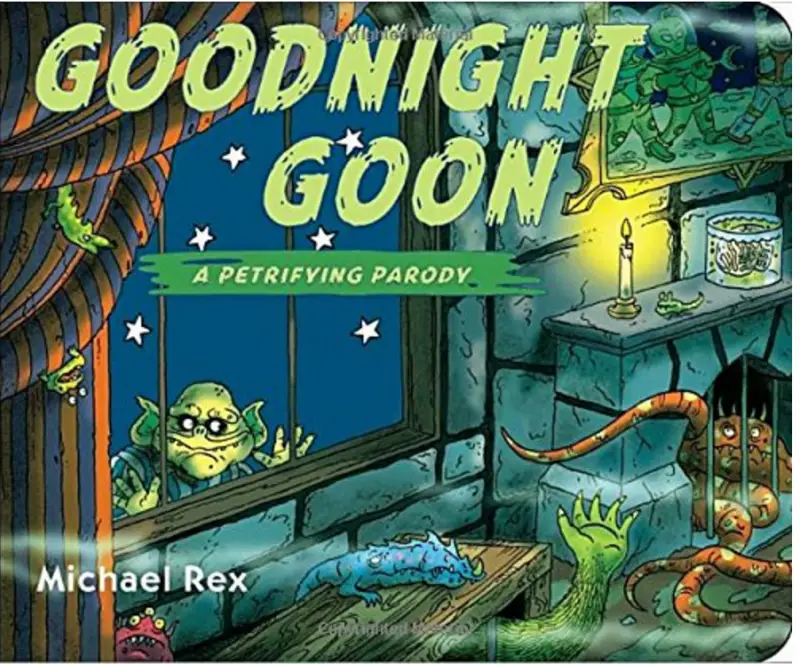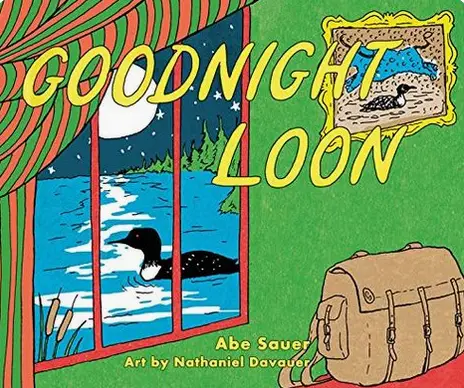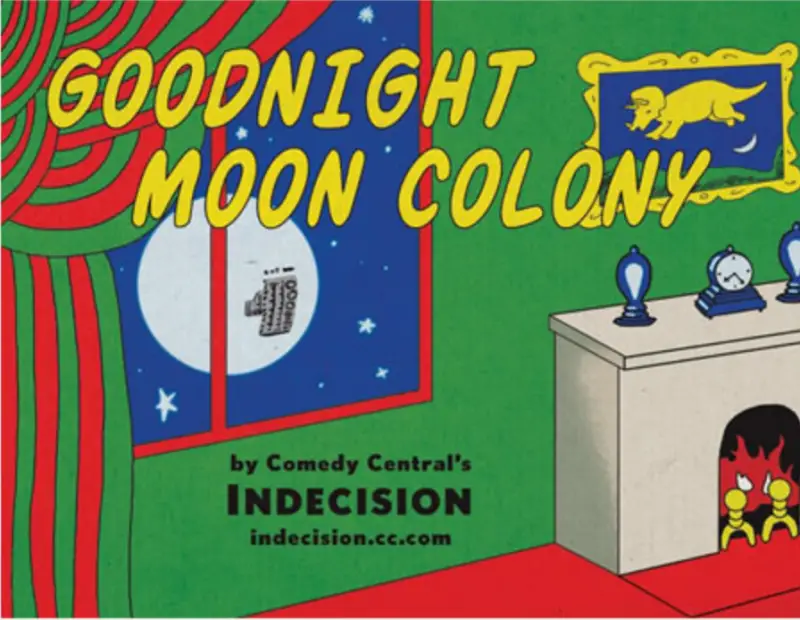Today I’m going to enlighten you about the phenomena of the children’s storybook Goodnight Moon, its parodies and bisexual author. I would suspect that anyone reading this post has either owned, read the classic children’s book Goodnight Moon by Margaret Wise Brown or has had it read to them. And there’s a reason for that. Beyond the charming illustrations* and the catchy, easy-to-read prose, the book was breakthrough for its time. It has continued to entertain generations since its publication because, unlike other children’s books published in the 30s and 40s, it was about ‘the present’ as opposed to being about some 19th century Princess. Nor did it preach life lessons like Aesop’s fables, ordinarily a turn-off to children.
Goodnight Moon, Its Parodies and Bisexual Author
THE BOOK

It’s been 70 years since Goodnight Moon hit the bookshelves and over forty-eight million copies have been sold to date. Published in 1947, it was more of a revolution in children’s books than most people realize. At the time it was published most children’s books took place in the past. They were about far-away magical lands, fairytales or preached life lessons like Aesop’s Fables. Instead, Goodnight Moon focused on the present, in particular, on a bunny resisting bedtime by taking inventory of that which is around him.

GOODNIGHT MOON
“In the great green room
There was a telephone
And a red balloon
And a picture of
The cow jumping over the moon
And there were three little bears sitting on chairs
And two little kittens
And a pair of mittens
And a little toy house
And a young mouse
And a comb and a brush and a bowl full of mush
And a quiet old lady who was whispering “hush”
Goodnight room
Goodnight moon
Goodnight cow jumping over the moon
Goodnight light
And the red balloon
Goodnight bears
Goodnight chairs
Goodnight kittens
And goodnight mittens
Goodnight clocks
And goodnight socks
Goodnight little house
And goodnight mouse
Goodnight comb
And goodnight brush
Goodnight nobody
Goodnight mush
And goodnight to the old lady whispering “hush”
Goodnight stars
Goodnight air
Good night noises everywhere”.
—Goodnight Moon, by Margaret Wise Brown
Goodnight Moon is the perfect marriage of mesmerizing for children and tantalizing for adults. Precise and rhythmic, reading the book aloud has a hypnotic effect on both the reader and the listener. Like haiku, the words don’t rhyme but there is an undeniable poetry.
When it went on sale in the fall of 1947, the New York Times praised the combination of art and language, urging parents that the book “should prove very effective in the case of a too wide-awake youngster.”
Colleges and Universities have taught courses on the book, TIME named it one of the best 100 children’s books ever written and there are more toys, baked goods, fashions, art and products inspired by the book than most any other children’s book.
*Good Night Moon’s illustrator Clement Hurd was a close friend and frequent collaborator of Brown’s who also illustrated Runaway bunny.
THE PARODIES:
Despite the fact that the children’s book may not be as well-known as those by Beatrix Potter or Doctor Seuss, no other has spawned as many parodies. A new satiricial version of the story is published almost monthly. Whether it’s mocking politics or popular culture, inspired versions just keep coming. Here are 30 – just a FEW of the ones I could find.
Click on any of the 30 books below to purchase or to read:

About Margaret Wise Brown
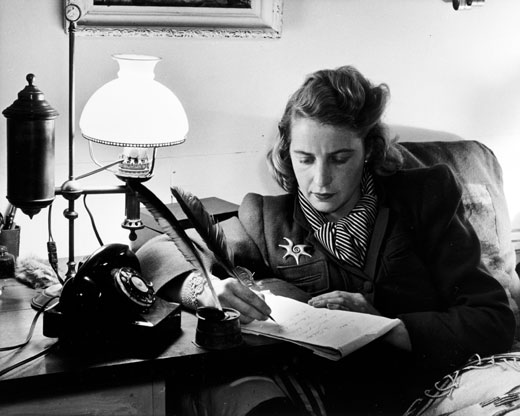
Margaret Wise Brown, about whom a new and fascinating biography was published earlier this year, died unexpectedly at the age of 42. She wrote hundreds of stories during her lifetime, but is best known for her children’s books Goodnight Moon, Big Red Barn, and Runaway Bunny.
Born May 23, 1910, Margaret Wise Brown grew up in Brooklyn, New York, and attended her mother’s alma mater, Hollins College (as it was then called), where she received an AB in English literature in 1932. Although not academically inclined, Brown took an interest in writing due to the encouragement of her literature professor Marguerite Hearsey.

Interestingly, Brown did not write out of her love for children but rather out of her love for language.
“It is not hard to trace an interest in children’s books through a love of the English language. I don’t think I am essentially interested in children’s books. I’m interested in writing, and in pictures. I’m interested in people and in children because they are people—little primitive people—keener in some ways then they themselves will be later on. And, I am interested in simplicity. In children’s books all these combine.” – Margaret Wise Brown, 1949 Hollins alumnae magazine
Margaret started her writing career by helping to shape the curriculum for the Bank Street School for children, where she met Lucy Sprague Mitchell, her mentor and an instrumental force in forming Brown’s “Here and Now” writing style). At Bank Street, Brown made it her mission to create stories that would rise above traditional fairy tales and allowed girls to see themselves as equal to boys (interesting to note since she had relationships with both men and women).

Under Sprague’s mentorship, Brown wrote about the familiar- animals, vehicles, bedtime rituals, the sounds of city and country—testing her stories on classrooms of young children. It was important not to talk down to them, she realized, and yet still to speak to them in their own language. Margaret would spend days researching subjects, picking daisies, cloud gazing, and observing nature, all in an effort to precisely capture a child’s sense of awe and wonder as they discovered the world.
Clever, quirky, and incredibly talented, Margaret embraced life with passion, lived extravagantly off of her royalties, went on rabbit hunts, and carried on long and troubled love affairs with both men and women. Among them were two great loves in Margaret’s life. The first was poet and playwright Blanche Oelrichs, who went by the stage name of Michael Strange and was the ex-wife of John Barrymore. The two had a tempestuous and secret relationship, moving into apartments next door to one another and living on and off as a couple through most of the 1940s.

After the dissolution of their relationship and Michael’s death of leukemia in 1950, Margaret became engaged to a younger man, James Stillman Rockefeller Jr., the handsome great-nephew of J.D. Rockefeller and a Carnegie. But before they could marry Margaret died unexpectedly after successful surgery for appendicitis when she unknowingly dislodged a blood clot in her leg, which traveled to her brain and killed her within hours.
Brown left behind a cache of unpublished work and a timeless collection of books that would go on become classics in children’s literature.
In The Great Green Room, author Amy Gary captures the eccentric and exceptional life of Margaret Wise Brown, and drawing on newly-discovered personal letters and diaries, reveals an intimate portrait of a creative genius whose unrivaled talent breathed new life in to the literary world.
sources:
Wikipedia
amazon
Macmillan publishing
Smithsonian Mag
Margaret Brown Wise








